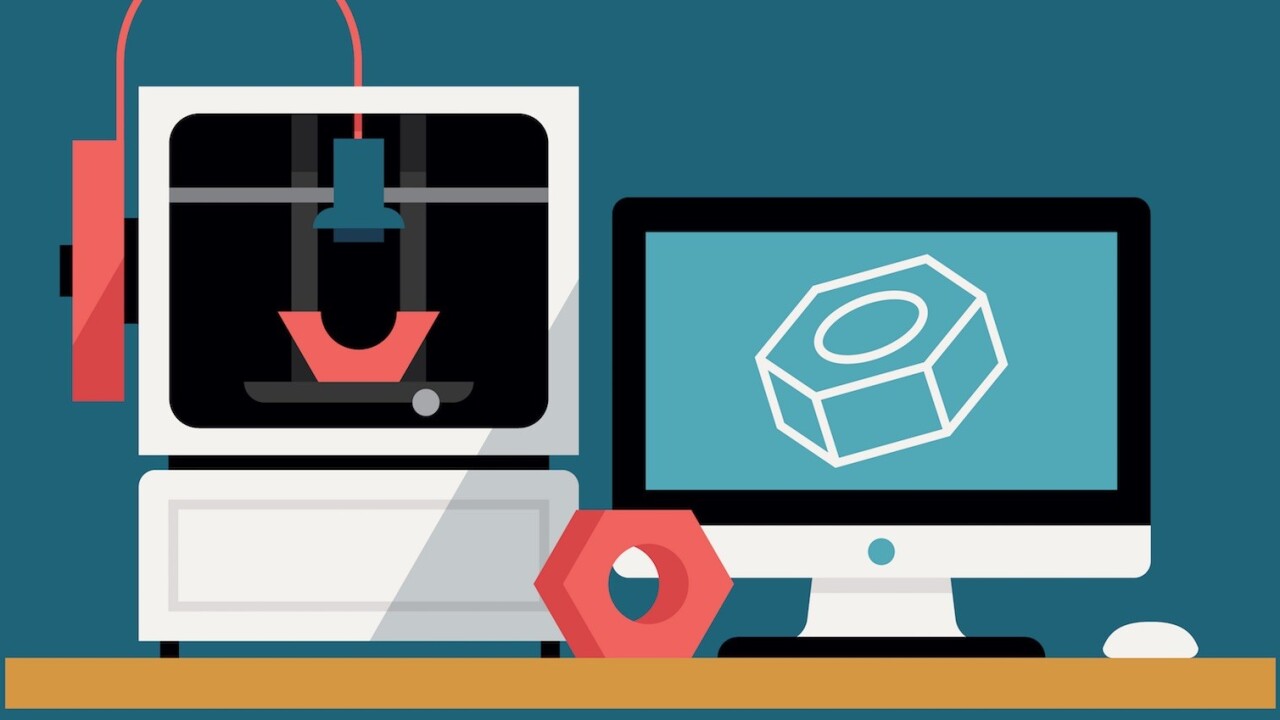
3D printing has been around in various forms since the 1980s, originally as a means of quickly producing affordable prototypes for the manufacturing industry. Recently, researchers have found some amazing healthcare and biological applications for 3D printing technology. From custom prosthetics to living tissue, 3D printing is a versatile means of providing cost effective and individualized care to patients.
This game-changing technology just took a giant leap forward in the pharmaceutical industry. In early August, Aprecia phramaceuticals, announced that the U.S. Food and Drug Administration (FDA) approved it’s SPRITAM drug for the treatment of epilepsy. The company claims that SPRITAM is the first drug ever approved by the FDA that is manufactured using 3-D printing technologies.

Aprecia Pharmaceuticals announced that its epilepsy drug SPRITAM was the first drug approved by the FDA that is manufactured with 3-D printing technologies. (Image Credit: Aprecia Pharmaceuticals)
“By combining 3D printing technology with a highly-prescribed epilepsy treatment, SPRITAM is designed to fill a need for patients who struggle with their current medication experience,” said Don Wetherhold, Aprecia CEO.
“This is the first in a line of central nervous system products Aprecia plans to introduce as part of our commitment to transform the way patients experience taking medication.”
SPRITAM is expected to be available in the first quarter of 2016.
SPRITAM is meant to be customized for high dosage treatments, and was developed with Aprecia’s ZipDose technology (based on capabilities originally developed at the Massachusetts Institute of Technology). Aprecia claims that its new type of tablet is made by 3D printing layers of the powdered drug, binding the layers of powder together, and then blowing away the excess powder.
The advantage of this process is that the drug’s unique structure allows it to dissolve considerably faster than the average pill (as seen in the video below). This capability provides relief for seizure sufferers who often are prescribed large, hard-to-swallow pills.
3D printing of medications will allow doctors to know that the medicine they’re prescribing delivers the exact dose intended, as each pill will be completely uniform and tailored for the individual patient. Such a capability opens the door to a number of fascinating distribution options as well, including the eventual possibility of printing personalized medicine in one’s own home.
Follow Rob Szczerba on Facebook, Twitter, and LinkedIn.
Read Next: 11 tech innovations changing medicine
Image credit: Shutterstock
Get the TNW newsletter
Get the most important tech news in your inbox each week.





